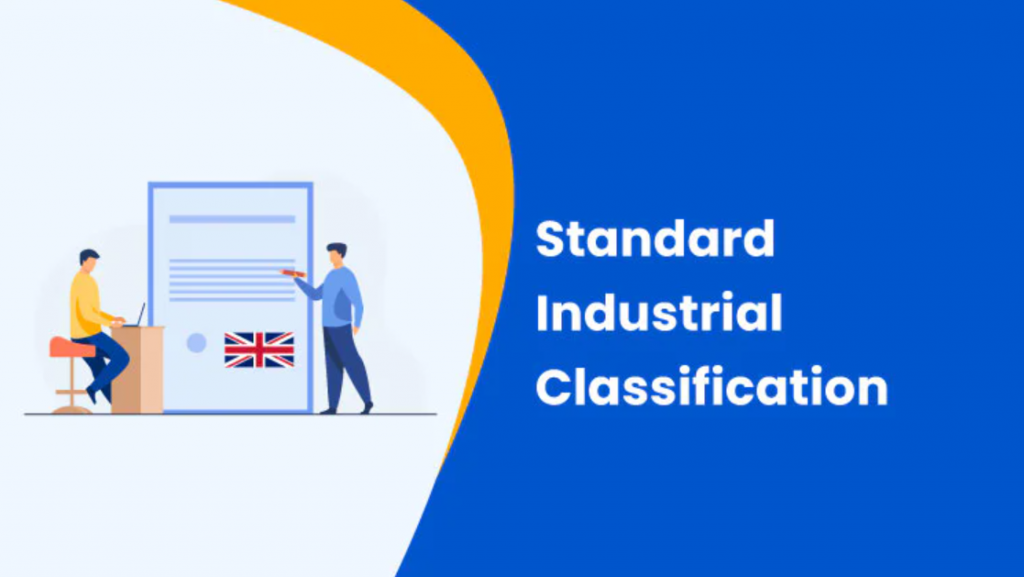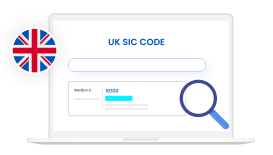The Standard Industrial Classification (SIC) code is a system that has been used in the UK since 1948 to categorize businesses into specific industries based on their primary economic and industrial activities. This numerical code is essential for gathering and analyzing data about the economy and ensuring that businesses are classified correctly for statistical purposes.
The SIC code system consists of up to five digits that are assigned to each business based on its main activities. The first two digits of the code identify the general industry group to which the business belongs, while the remaining digits provide more specific information about the business’s activities. This system is used by government agencies, businesses, and other organizations to gather and analyze data about the economy.

SIC code categories
On the condensed list of SIC codes, there are 21 main industry categories/sections. Within each section, there are dozens of SIC codes for more specific trade activities within that industry. The main categories are:
Section A: Agriculture, Forestry, and Fishing
Section B: Mining and Quarrying
Section C: Manufacturing
Section D: Electricity, gas, steam, and air conditioning supply
Section E: Water supply, sewerage, waste management, and remediation activities
Section F: Construction
Section G: Wholesale and retail trade; repair of motor vehicles and motorcycles
Section H: Transportation and storage
Section I: Accommodation and food service activities
Section J: Information and Communication
Section K: Financial and insurance activities
Section L: Real estate activities
Section M: Professional, scientific and technical activities
Section N: Administrative and support service activities
Section O: Public administration and defence; compulsory social security
Section P: Education
Section Q: Human health and social work activities
Section R: Arts, entertainment and recreation
Section S: Other service activities
Section T: Activities of households as employers; undifferentiated goods- and services-producing activities of households for own use
Section U: Activities of extraterritorial organisations and bodies
The Office for National Statistics (ONS) uses the SIC code to collect and analyze data on the UK economy. This information is used to produce a range of reports and statistics, including the Gross Domestic Product (GDP) and the Index of Production. The SIC code is also important for businesses, as company directors are required to state their company’s SIC code(s) on the confirmation statement, which is a document that must be filed annually with Companies House.
How many SIC codes can a company have?

One Standard Industrial Classification code is usually sufficient for most companies, but you may select up to four SIC codes to describe the nature of your company’s business activities. This is not unusual for companies with complex, specialised, or varied trades.
The SIC code system is regularly updated to reflect changes in the economy and to ensure that businesses are classified correctly. The current version of the system, SIC 2007, was introduced in the UK in 2008 and is based on the European Union’s statistical classification of economic activities.
In summary, the SIC code system is an essential tool for understanding the UK economy and for ensuring that businesses are classified correctly for statistical purposes. It provides a standardized system for categorizing businesses, helping to ensure that accurate data is available to inform policy decisions and support economic growth.
If you would open your UK company, or change your SIC codes , you can choose from our package:
https://launchese.com/plans
Launchese can help you create your UK company in 48 hours except the weekends, please contact us at: [email protected] for more details.

